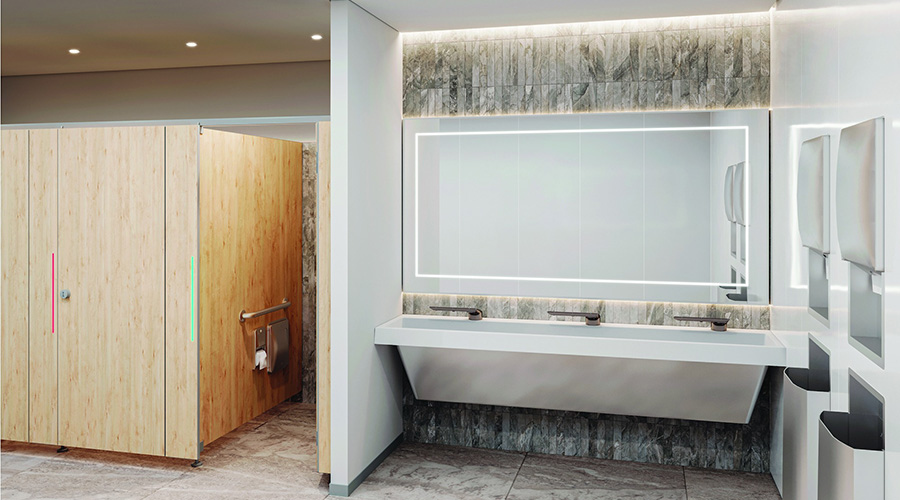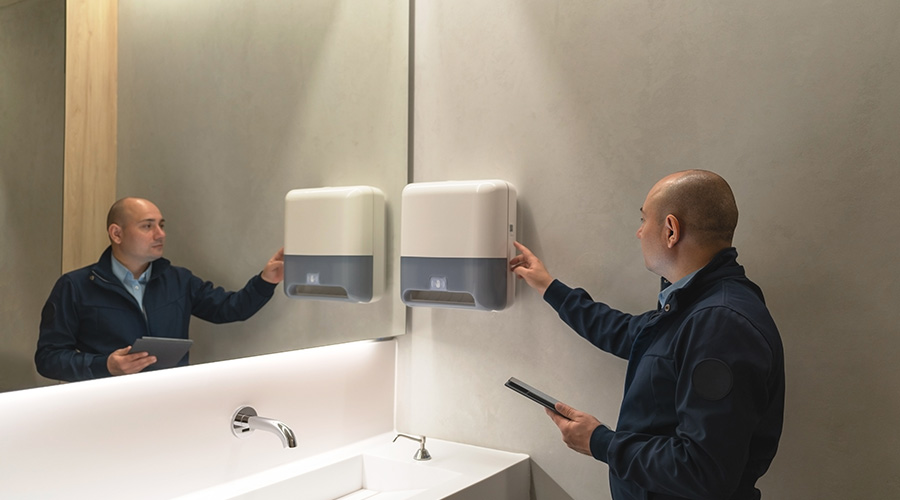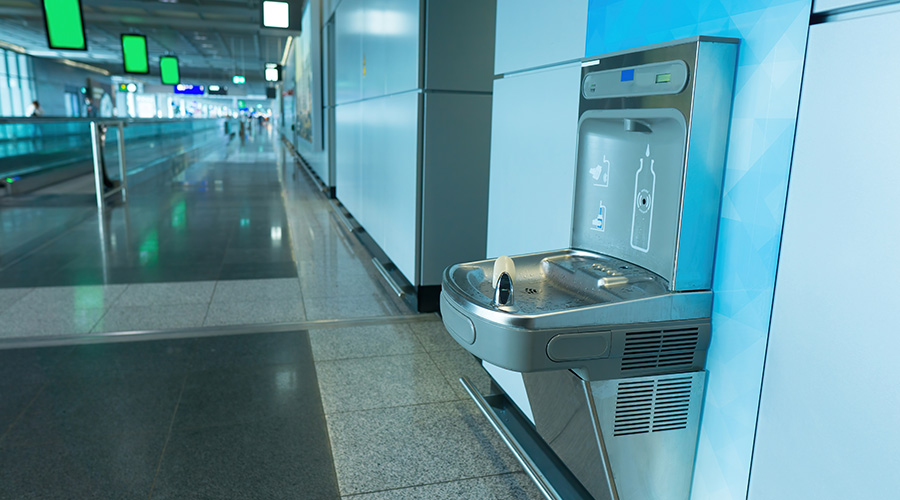Potable Hospital Water Major Source of Legionella Bacteria
Certain plumbing fixtures, such as hot tubs and humidifiers, aerosolize water as part of their operations, but other products also can run this risk. Aerosolized, potable water found in institutional and commercial facilities, such as hospitals, that have complex hot-water systems is considered to be the most significant source of infections, according to the U.S. Environmental Protection Agency (EPA).
But even breathing in contaminated vapor does not always lead to infection. One reason hospitals have high rates of outbreaks might be due to the high number of at-risk patients they house. Smokers and people with compromised immune systems and contributing health factors are at the greatest risk.
Infections from Legionella can range from mild to severe and, in some cases life-threatening. It is important for individuals to follow healthy lifestyles, but it is equally imperative that the maintenance and engineering managers whose departments are responsible for water systems, particularly complex hot-water systems, also do their parts.
The American Society of Heating, Refrigeration and Air-Conditioning Engineers (ASHRAE) notes that Legionella risk assessment and routine maintenance practices require a multi-disciplinary team. Because Legionella is found in building systems, it requires that engineers and front-line technicians understand the risks factors, as well as the way these systems work.
Detection And Elimination
One of the most widespread myths is that Legionella can be seen with the naked eye, and such discussions often include a photo of a calcified showerhead as an example. This is false. The presence of mineral deposits on plumbing fixtures does not mean Legionella is present.
But Legionella can grow in certain types of mold. Slime molds, also known as biofilm, can provide ideal breeding grounds for Legionella. As with any mold growing in buildings, biofilm should be taken seriously and be properly tested, analyzed and removed.
Testing for biofilms and Legionella should be done routinely and should span the entire plumbing system, as they can spring up at any place along the network of pipes and fixtures. Maintenance supervisors, facility managers, and health and safety engineers should set up routine checks and tests and send samples to be professionally tested in proper labs for Legionella. This testing will assist in understanding the levels of the bacteria present and can help determine the proper way to remove it from the building.
Removing Legionella can be done in a multitude of ways, from flushes of hot water strong enough to kill the bacteria to chemical baths and hyperchlorination to copper-silver ionization and ultraviolet light purification. Each style features certain benefits and drawbacks, and each requires a working knowledge of the building's system.
For example, hot-water flushes are not effective if the system is too large and allow the water to cool before it works its way through the system. The EPA website offers an in-depth report of each system and its effects. The most important thing to remember is constant vigilance. Due to its natural presence in water, one-time treatments do not mean that Legionella will not return. Routine testing is vital for preventing outbreaks, particularly those that spread rapidly in the presence of biofilm.
Related Topics:














